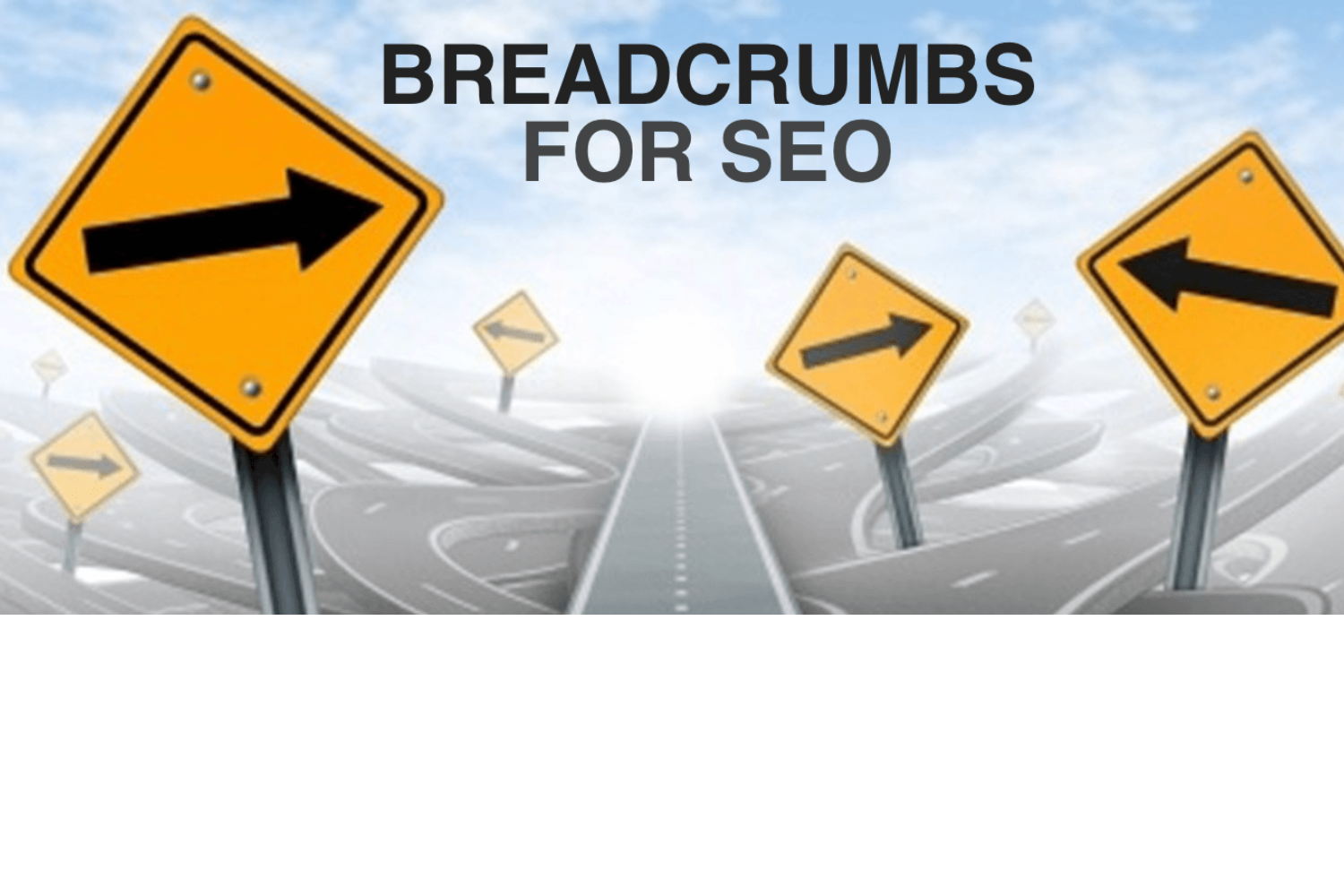09 December
Social Media Marketing Unleashed: Build your Brand’s Online Community
published
August 23topics
#SMMSocial media has become an essential tool for businesses to connect with their customers and build their brand. With the right strategy, you can use social media to create a thriving online community around your brand and drive engagement, loyalty, and sales.
We’ll explore the key steps to building a successful social media marketing strategy and unleashing the power of your brand’s online community.
1. Define Your Goals
- The first step in any successful social media marketing campaign is to define your goals. What do you want to accomplish with your online presence? Are you looking to increase brand awareness, drive sales, or build customer loyalty?
- You Can Develop A Strategy To Help You Achieve Your Goals Once You Have A Clear Understanding Of Them. This may include creating content that resonates with your target audience, engaging with your followers, and using social media advertising to reach new customers.
2. Know Your Audience
- To build a successful online community, you need to know who your audience is and what they care about. Take the time to research your target audience and understand their interests, needs, and behaviors
- Use this information to create content that resonates with your audience and engages them in meaningful conversations. This could include sharing behind-the-scenes glimpses of your business, offering exclusive promotions, or asking for feedback on new products or services.
3. Choose the Right Platforms
- Not all social media platforms are created equal. Each platform has its own unique strengths and weaknesses, and it’s important to choose the right platforms for your business.
- For example, if you’re a B2B company, LinkedIn may be a more effective platform for reaching your target audience than Instagram. Instagram, on the other hand, may be a better choice if you're a fashion brand targeting young women..
- Take the time to research the different platforms and choose the ones that are most relevant to your business and audience.
4. Create Engaging Content
- Content is king when it comes to social media marketing. To build a thriving online community, you need to create content that is engaging, informative, and shareable.
- Blog posts, videos, infographics, and user-generated content are all examples of this. The key is to provide content that adds value to your audience and encourages them to interact with your brand.
5. Engage with Your Followers
- Creating an online community is a two-way street. To truly unleash the power of social media marketing, you need to engage with your followers and build relationships with them.
- This means responding to comments and messages in a timely manner, asking for feedback, and showing appreciation for your followers. By engaging with your followers in a meaningful way, you can build trust and loyalty and turn them into brand advocates.
6. Use Hashtags Strategically
- Hashtags are powerful tools to expand your reach and connect with a broader audience. Use relevant and trending hashtags in your posts, but avoid overloading them. Research industry-specific hashtags and create unique branded hashtags to encourage user-generated content and community engagement.
7. Collaborate with Influencers
- Influencers can significantly amplify your brand's message and reach. Identify influencers who align with your brand values and have a significant following in your niche. Collaborate with them on campaigns, contests, or product launches to tap into their loyal audience and build your online community.
8. Host Engaging Contests and Giveaways
- Contests and giveaways are excellent ways to create excitement and engagement among your audience. Host creative and relevant contests that require user participation, and offer enticing prizes to entice more people to join your community and spread the word about your brand.
How to evaluate the effectiveness of your social media campaigns
Measuring the ROI of your social media campaigns can help you understand the effectiveness of your efforts and allocate your budget accordingly. Define the purpose of social media for your brand here are some steps you can follow to measure the ROI of your social media campaigns: Social media ROI is not a one-size-fits-all affair. We often associate the term 'ROI' with financial gain when contemplating it. However, not all brands use their social presence to "follow the money." For example, increasing brand awareness is an excellent reason to invest in social media.
- Set actionable social goals: The ROI of your social media efforts cannot be calculated without setting actionable social goals. Set specific, measurable goals for your social media campaigns, such as increasing website traffic or boosting engagement rates1.
- Measure your goals: Once you have set your goals, you need to track your progress toward achieving them. Use analytics tools to measure metrics such as engagement rates, follower growth, and website traffic
- Calculate the cost of your campaign: To calculate the ROI of your social media campaign, you need to know how much it cost to run. This includes not only the money you spent on advertising but also the time and effort that went into creating and managing the campaign.
- Compare the results to the cost: Once you have measured your results and calculated the cost of your campaign, you can compare the two to determine the ROI of your social media efforts. If the benefits outweigh the costs, then you have achieved a positive ROI.
There are many social media management tools available that can help you manage your social media presence more effectively. Here are some of the most commonly used Social Media Management tools:
Case Study 1: Nike
Nike is known for its exceptional social media engagement strategies. They leverage storytelling, user-generated content, and influencer collaborations to create a sense of community and foster engagement. Their #justdoit campaign, for example, encourages users to share their sporting achievements and stories, creating a platform for athletes of all levels to connect and inspire each other.
Case Study 2: Glossier
Glossier, a beauty brand, has built a strong online community through its engaging content and customer-centric approach. They actively involve their audience in product development and decision-making, creating a sense of ownership and loyalty. Glossier's Instagram feed is filled with user-generated content, featuring real customers and their experiences with the brand. These case studies demonstrate the power of social media engagement when done right. By understanding your audience, telling compelling stories, and actively involving your audience, you too can build a thriving online community for your brand.
Conclusion
Emphasizing the ongoing nature of online engagement and its impact on brand growth In conclusion, mastering the art of online engagement through social media marketing is crucial for building a thriving online community and driving significant brand growth. By understanding the role of social media, defining your brand's voice and tone, identifying your target audience, and developing a content strategy, you can create compelling content that resonates with your audience.
FAQ’s
Q. What are the goals of social media marketing?
A: The goals of social media marketing can vary depending on the business, but some common goals include increasing brand awareness, driving website traffic, generating leads, and boosting engagement.
Q. Which platforms should I use for social media marketing?
A: The platforms you should use for social media marketing will depend on your target audience and the type of content you want to share. Some popular platforms for social media marketing include Facebook, Twitter, Instagram, LinkedIn, and Pinterest1.
Q. What is a content strategy for social media marketing?
A: A content strategy for social media marketing involves planning, creating, and sharing content that is relevant and engaging to your target audience. This can include text posts, images, videos, and other types of content that will help you achieve your marketing goals1.
Q. How do I engage with my audience on social media?
A: Engaging with your audience on social media involves responding to comments and messages in a timely manner, asking for feedback, and creating opportunities for interaction through contests, polls, and other interactive content
Become Our Next Obsession With Your Project.
Let’s talk
We're excited to discuss your ideas, goals, needs, and dreams. Let's schedule a call.
Start a projectSome topics to look into
discover our blog22 November
02 November






